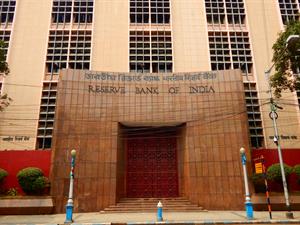
PUMPA - SMART LEARNING
எங்கள் ஆசிரியர்களுடன் 1-ஆன்-1 ஆலோசனை நேரத்தைப் பெறுங்கள். டாப்பர் ஆவதற்கு நாங்கள் பயிற்சி அளிப்போம்
Book Free DemoPublic Sector in India:
The Public Sector in India plays a crucial role in the functioning of the economic machinery. These sectors are generally established for providing services for the common citizens of the country.
These are the largest sectors that work for the emancipation of the country’s growth by attracting investments, generating employment and accumulating revenue that places the country in a strong economic position.

A PSU bank in India
The Public Sector in India can be divided into two types. They are explained below.
1. Establishments funded by the Central government collect revenues and taxes from those establishments.
2. The Central government holds \(51\%\) of the share in a company’s total share value, while the company holds \(49\%\) of the share. This type of company can be called “Public Sector Undertakings” (PSU).
Organs of the Public Sector:
The effective functioning of the Public sector in the country is ensured by its organs discussed below.

Government Department Administered:
These are sectors established to serve citizens of the country, which are commonly found in almost all countries that function under a proper government.
1. Railways
2. Post office services
3. Ports and harbours
4. Public transport
Public Corporation:

Reserve Bank of India
These are also known as “Statutory Corporations”, which came into existence by an act of the Parliament or State legislature. They are funded by the government and owned by the state.
The legislation provides the powers and functions of the employees in these establishments.
Example:
Reserve Bank of India (RBI Act \(1935\)), Life Insurance Corporation of India (\(1956\)).
Joint Sector Companies:
The Joint sector companies are jointly owned by the Government and private entities who have contributed to the capital.
Example:
Hindustan Aeronautics Limited (HAL), Brahmos Aerospace.
Industries in India Classified:
The Industrial Policy of \(1956\), categorised industries in India into scheduled establishments.
Schedule A: Exclusively owned by the government.
Schedule B: Established by the state and operated by the Private sector.
Schedule C: Owned by Private sectors.
Reference:
Reserve Bank of India - Rashbihari Dutta Shutterstock
A PSU bank in India - PhotographerIncognito / Shutterstock
A PSU bank in India - PhotographerIncognito / Shutterstock